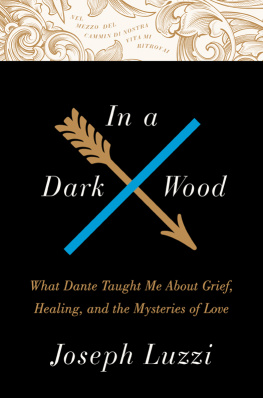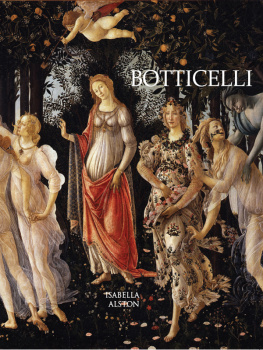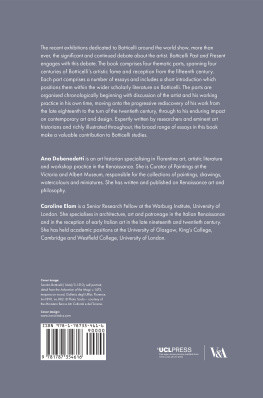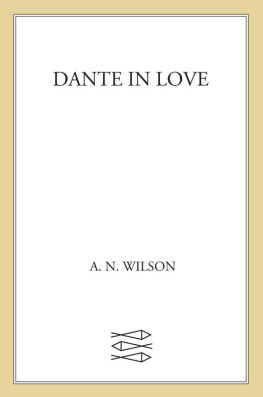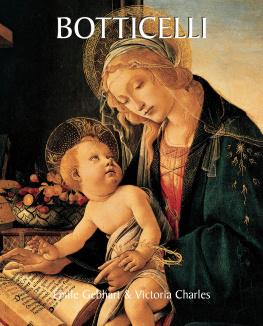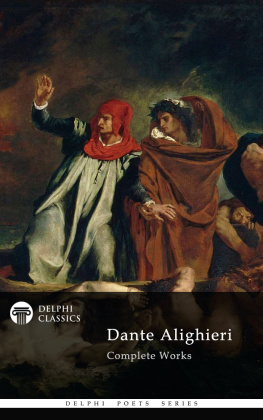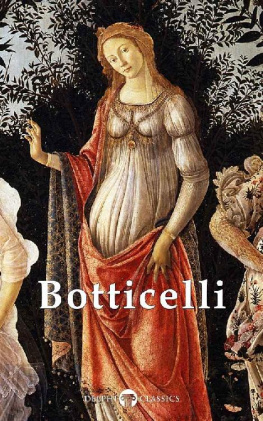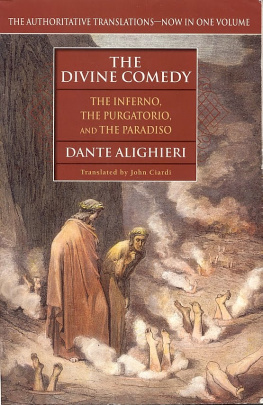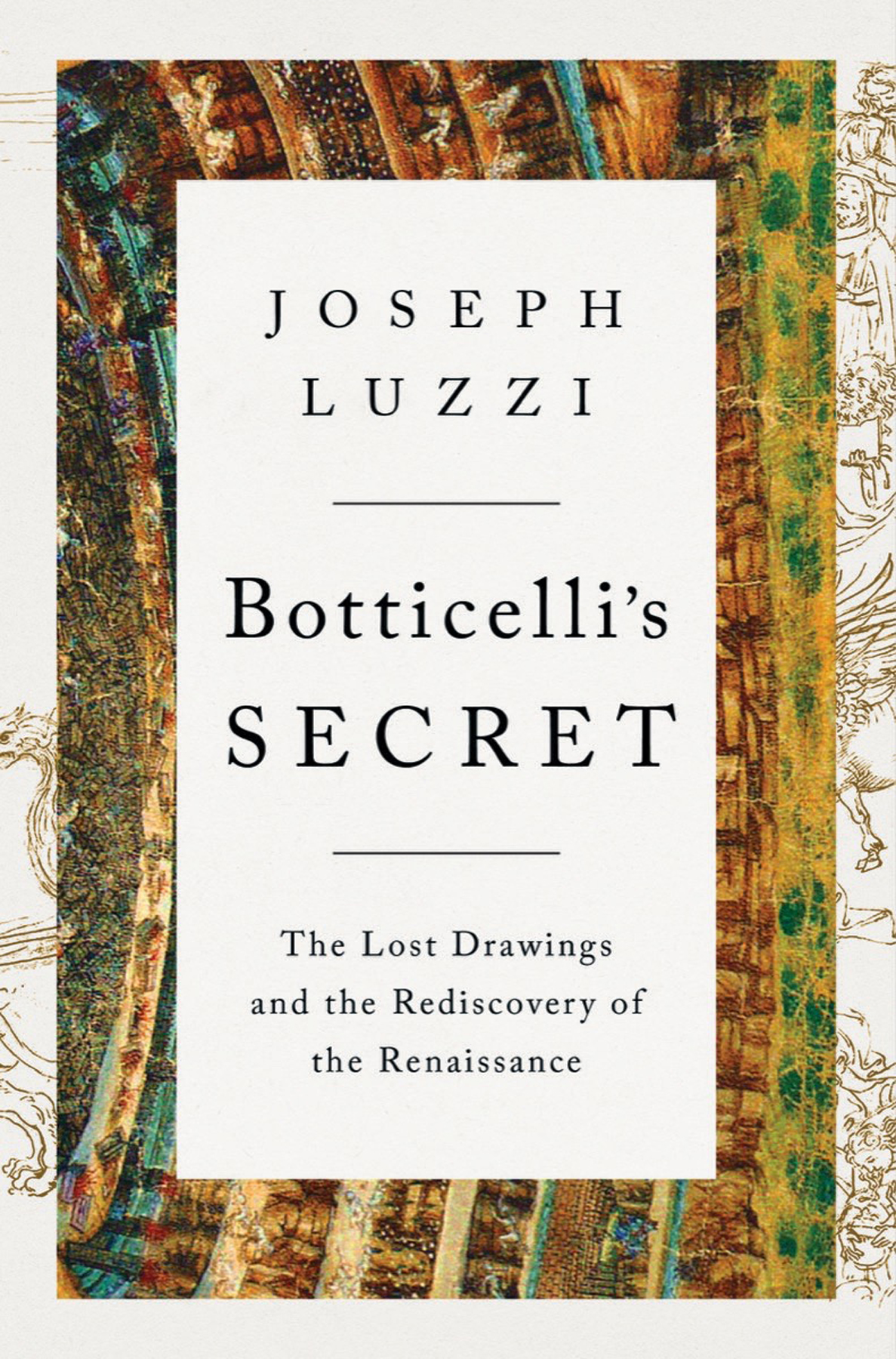Joseph Luzzi - Botticellis Secret: The Lost Drawings and the Rediscovery of the Renaissance
Here you can read online Joseph Luzzi - Botticellis Secret: The Lost Drawings and the Rediscovery of the Renaissance full text of the book (entire story) in english for free. Download pdf and epub, get meaning, cover and reviews about this ebook. City: New York, year: 2022, publisher: W. W. Norton & Company, genre: Non-fiction. Description of the work, (preface) as well as reviews are available. Best literature library LitArk.com created for fans of good reading and offers a wide selection of genres:
Romance novel
Science fiction
Adventure
Detective
Science
History
Home and family
Prose
Art
Politics
Computer
Non-fiction
Religion
Business
Children
Humor
Choose a favorite category and find really read worthwhile books. Enjoy immersion in the world of imagination, feel the emotions of the characters or learn something new for yourself, make an fascinating discovery.

- Book:Botticellis Secret: The Lost Drawings and the Rediscovery of the Renaissance
- Author:
- Publisher:W. W. Norton & Company
- Genre:
- Year:2022
- City:New York
- Rating:3 / 5
- Favourites:Add to favourites
- Your mark:
Botticellis Secret: The Lost Drawings and the Rediscovery of the Renaissance: summary, description and annotation
We offer to read an annotation, description, summary or preface (depends on what the author of the book "Botticellis Secret: The Lost Drawings and the Rediscovery of the Renaissance" wrote himself). If you haven't found the necessary information about the book — write in the comments, we will try to find it.
Brilliantly conceived and executed, Botticellis Secret is a riveting search for buried treasure. Stephen Greenblatt, author of The Swerve
Some five hundred years ago, Sandro Botticelli, a painter of humble origin, created works of unearthly beauty. A star of Florences art world, he was commissioned by a member of the citys powerful Medici family to execute a near-impossible project: to illustrate all one hundred cantos of The Divine Comedy by Dante Alighieri, the ultimate visual homage to that divine poet.
This sparked a gripping encounter between poet and artist, between the religious and the secular, between the earthly and the evanescent, recorded in exquisite drawings by Botticelli that now enchant audiences worldwide. Yet after a lifetime of creating masterpieces including Primavera and The Birth of Venus, Botticelli declined into poverty and obscurity. His Dante project remained unfinished. Then the drawings vanished for over four hundred years. The once famous Botticelli himself was forgotten.
The nineteenth-century rediscovery of Botticellis Dante drawings brought scholars and art lovers to their knees: this work embodied everything the Renaissance had come to mean. From Botticellis metaphorical rise from the dead in Victorian England to the emergence of eagle-eyed connoisseurs like Bernard Berenson and Herbert Horne in the early twentieth century, and even the rescue of precious art during World War II and the fall of the Berlin Wall in 1989, the posthumous story of Botticellis Dante drawings is, if anything, even more dramatic than their creation.
A combination of artistic detective story and rich intellectual history, Botticellis Secret shows not only how the Renaissance came to life, but also how Botticellis art helped bring it aboutand, most important, why we need the Renaissance and all that it stands for today.
16 pages of color illustrationsJoseph Luzzi: author's other books
Who wrote Botticellis Secret: The Lost Drawings and the Rediscovery of the Renaissance? Find out the surname, the name of the author of the book and a list of all author's works by series.

